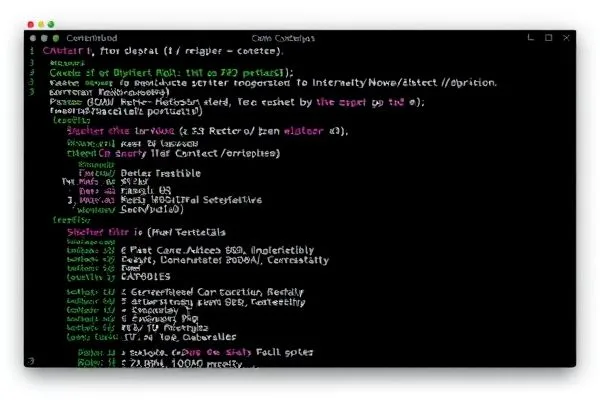The recent inclusion of five vulnerabilities in Advantive VeraCore and Ivanti Endpoint Manager to the U.S. Cybersecurity and Infrastructure Security Agency’s (CISA) Known Exploited Vulnerabilities (KEV) catalog marks a critical juncture in enterprise cybersecurity. Organizations must prioritize risk management strategies and implement swift remediation measures to safeguard their systems and sensitive data.
Key Takeaways:
- Timely patching is essential to defend against actively exploited vulnerabilities.
- Proactive monitoring is crucial to detect instances of exploitation promptly.
- Cybersecurity measures should be integrated within organizational culture to foster resilience.
Understanding the New Vulnerabilities
CISA’s recent alert highlights five specific vulnerabilities that present significant risks to users of Advantive VeraCore and Ivanti EPM. The vulnerabilities—ranging from unrestricted file upload and SQL injection flaws to absolute path traversal issues—expose systems to unauthorized access and data breaches:
- CVE-2024-57968: Unrestricted file upload vulnerability in Advantive VeraCore allows a remote unauthenticated attacker to upload files incorrectly through upload.apsx.
- CVE-2025-25181: SQL injection vulnerability enabling execution of arbitrary SQL commands by remote attackers.
- CVE-2024-13159: Absolute path traversal vulnerability that allows leaking of sensitive information.
- CVE-2024-13160: Another absolute path traversal vulnerability affecting Ivanti EPM.
- CVE-2024-13161: A further absolute path traversal vulnerability within Ivanti EPM.
The exploitation of these vulnerabilities has been linked to a Vietnamese threat actor group known as XE Group, which employs reverse and web shells for maintaining persistent access to compromised systems. Although no current public reports link the Ivanti EPM vulnerabilities to active real-world attacks, the potential for exploitation remains high, especially given the proof-of-concept exploits available.
Strategies for Immediate Mitigation and Best Practices
In light of these developments, it is imperative for organizations, particularly Federal Civilian Executive Branch (FCEB) agencies, to prioritize applying the necessary patches by March 31, 2025. Organizations should integrate the following practices into their cybersecurity frameworks:
- Proactive Patch Management: Establish a systematic patch management process to deploy updates promptly.
- Comprehensive Threat Monitoring: Utilize advanced threat detection systems to identify and respond to vulnerabilities as they arise.
- Employee Training: Foster a culture of cybersecurity awareness among employees through regular training and awareness programs.
Only through a holistic cybersecurity approach can organizations effectively respond to the evolving threat landscape and minimize future risks.
For more in-depth information on cybersecurity practices, visit CISA’s official website.









